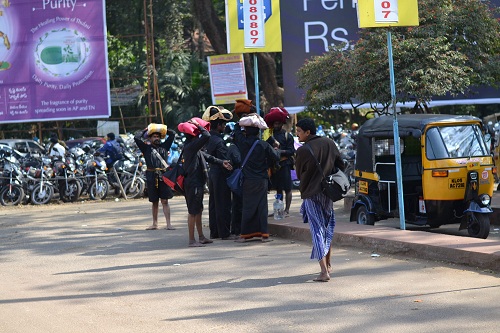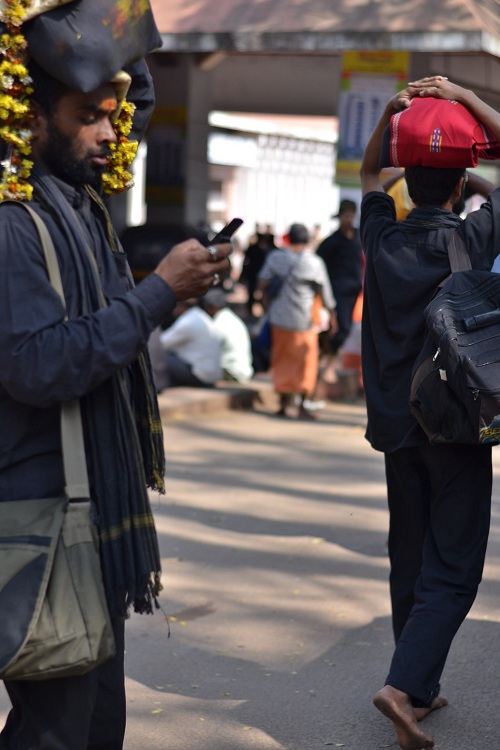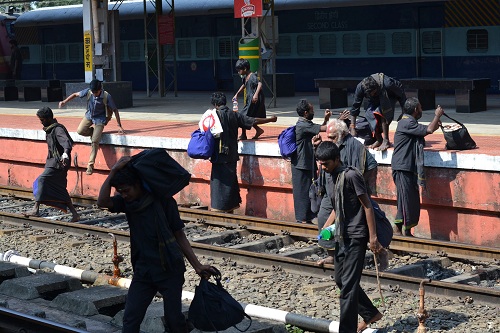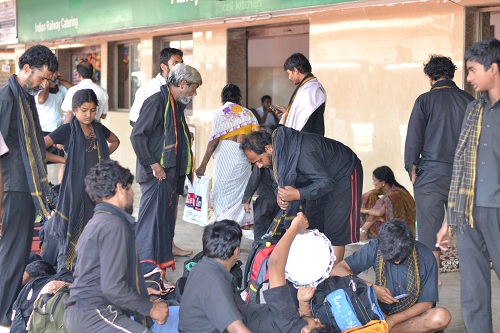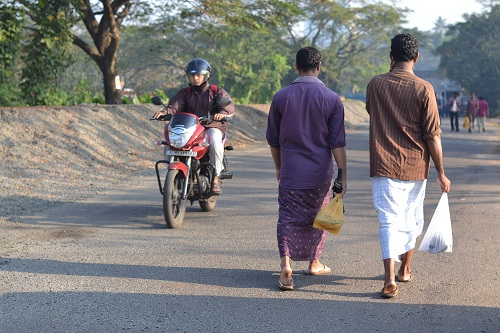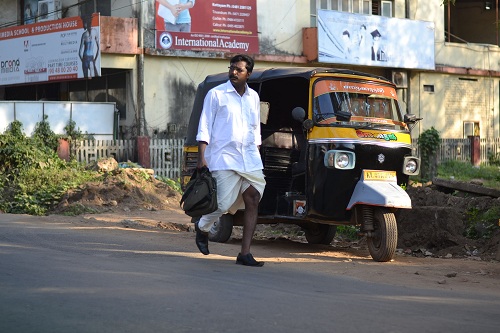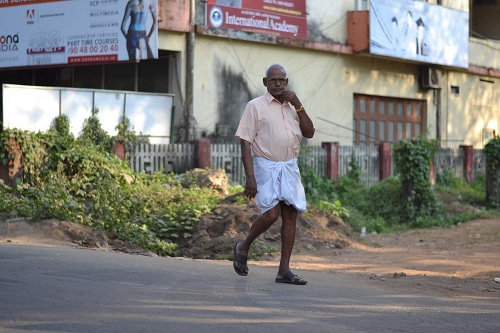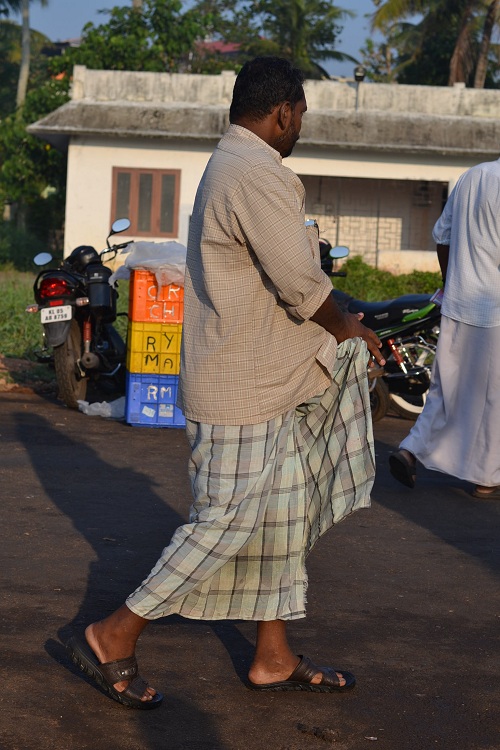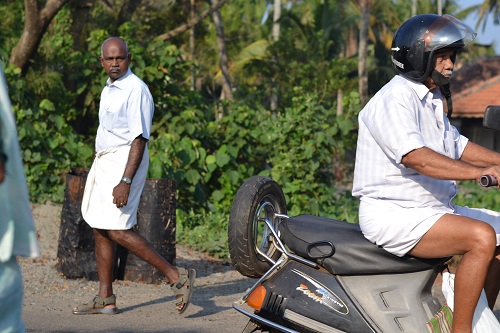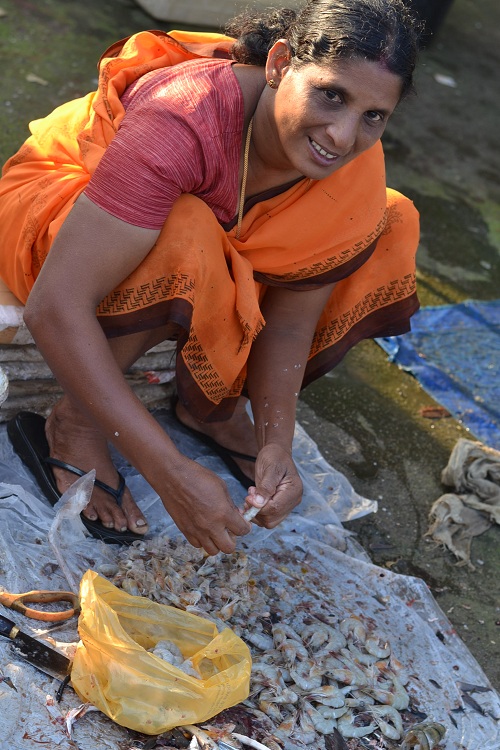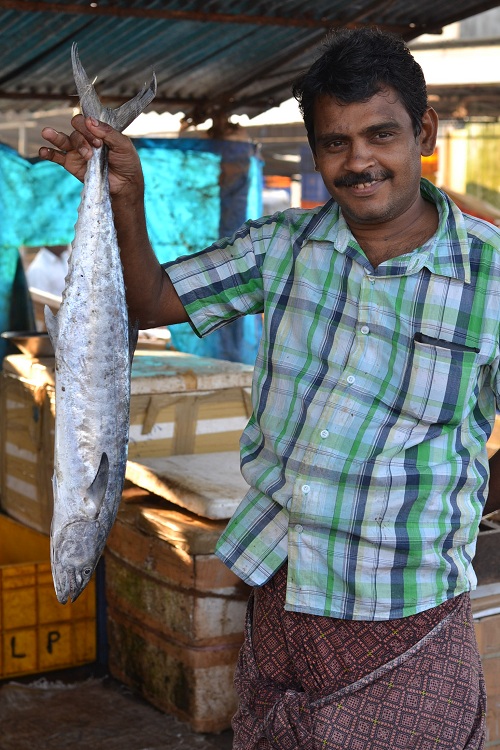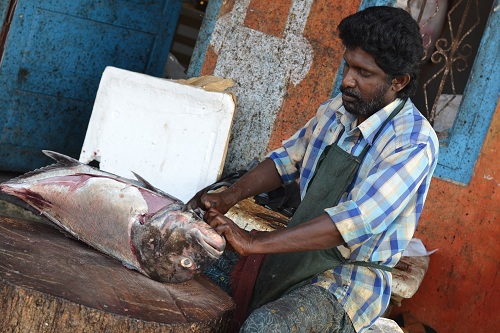We just completed our first Indian train journey, between the tongue twisting Thiruvananthapuram and Kottayam in Kerala. Any mode of transportation in India is an adventure, but hopping onto the largest rail system in the world is an experience all its own. The Indian Railways has over 8,000 trains and carries over 14 million passengers a day.
A common saying is that the best thing the British left India is its train system. I wonder how much has actually changed since the British were here. For example, rail road crossings continue to be manually operated. Here’s a crossing guard watching our train go by.
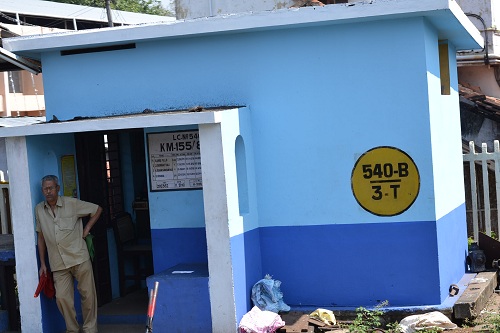
A single train has a dizzying array of classes to choose from. Given the distances traveled and glacial speed, most of the compartments are arranged to allow for overnight sleeping.
Second Class – Unreserved open floor bench seating and cheapest mode of transportation. If you really want to get up close and personal with Indians, stake a seat here. Expect no privacy and be ready to share anything you have. The compartments get very crowded and at nighttime expect to find your peers sleeping on the floor or on you. The views are great since the windows are wide open. Despite this, packed quarters often have passengers literally hanging out.
Second Class Sleeper – Reserved sleeping benches and the way the middle class goes. Beds are grouped into 2 columns of 3 stacked beds, allowing for some privacy. Windows are open.
AC Three Tier Sleeper – Similar to Second Class Sleeper, but with air conditioning, linen, blankets and a pillow. The view is obscured by windows in need of a good bath.
AC Two Tier Sleeper – Like the AC Three Tier except beds are grouped into 2 columns of 2 stacked beds, offering more privacy. This is the way more affluent Indians and most business travelers go.
AC First Class – The most luxurious (and cleanest) way to go, with bedding and meals provided. These compartments are available on very few long haul express routes.
AC Chair Car – Reserved individual seating in an AC compartment. Some meals are served. This class is generally available only on shorter haul journeys.
The results of all these classes are long trains that each ferry thousands of passengers throughout the country.
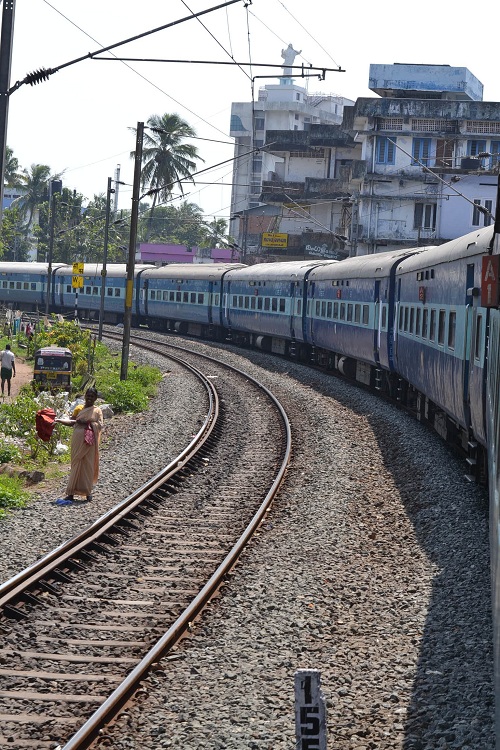
The Kottayam station has separate windows for ‘Enquiry” and “Tickets” which meant that we had to ask all our questions at one counter and then buy our tickets at another. Enquiry has updates on train timings, but Tickets doesn’t get the same memo. On our way to Tiruvananthapuram we purchased our tickets at Tickets only to find out later from Enquiry that the train was 45 minutes delayed. This sent us back to Tickets to trade in our tickets for an earlier train. Tickets in hand and enquiries answered, our next challenge was to find our compartment among the 14 carriage train and maneuver the family to our seats.
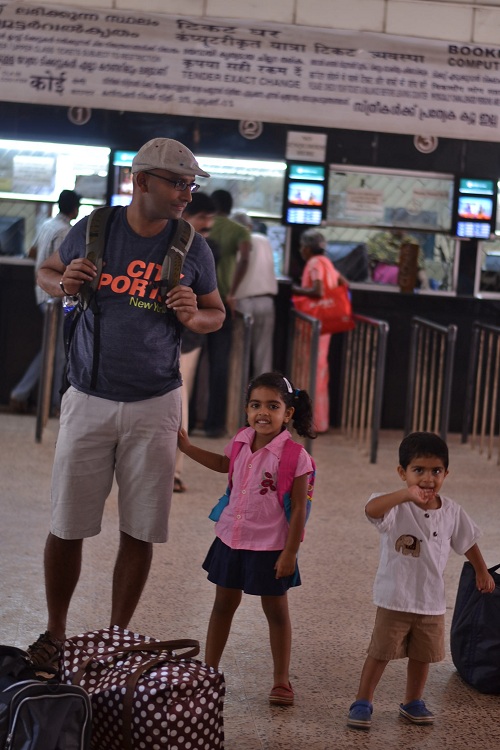
Our choice was the AC Two Tier Sleeper, the most comfortable option for the 150 kilometer three hour journey. That’s 31 miles an hour, but don’t fool yourself into thinking you can drive any faster. The train journey cost $8 per person, cheaper than a movie ticket in New York City and multiple times the entertainment. If we really wanted to, we may have been able to claim one of the many discounts available. There’s the rather vague “Amature Artists” and one the Occupy Wall Street gang would love “Unemployed Youth Up To 35 Year Age To Appear Job Interview”.
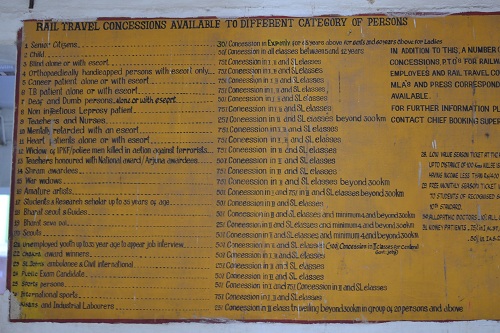
The advantages of traveling by train were that the kids could move around more than they would in a car, Ava didn’t get motion sick, and we were able to enjoy some great views. Since the windows were too grimy, taking any pictures meant that we had to hang out of the open doors flanking the compartment.
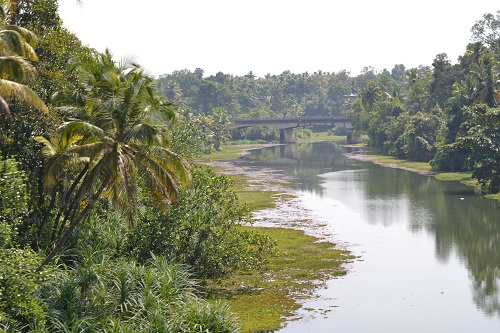
It was entertaining to watch people wait for us to go by.
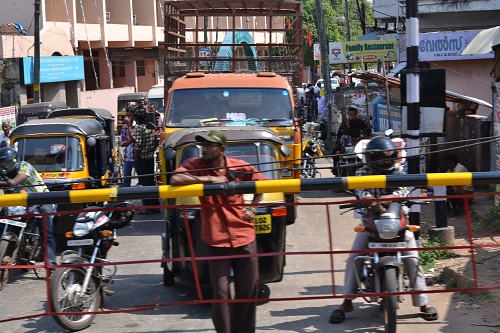
One of the most exciting things about Indian railway travel is the array of food served on the train. Every few minutes a seller marches down the corridor chanting “chai chai”, “coppee!”, “Biryani”, “Soft drinks”.
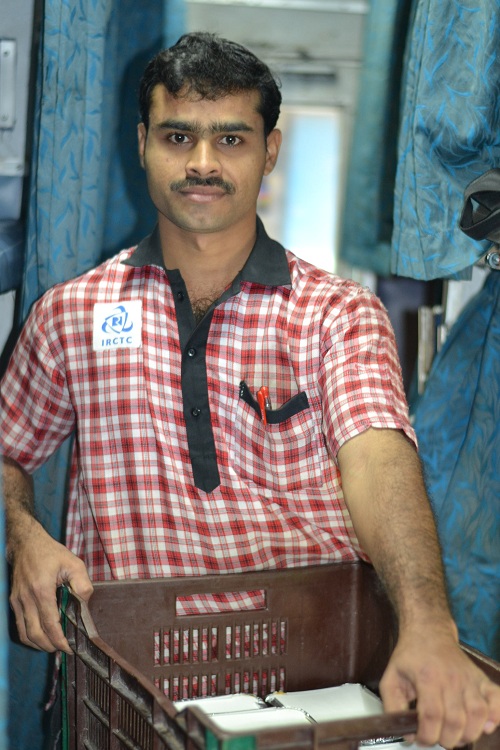
Other vendors, like this cotton candy (candy floss in India) seller, wait on the tracks for passengers in transit.
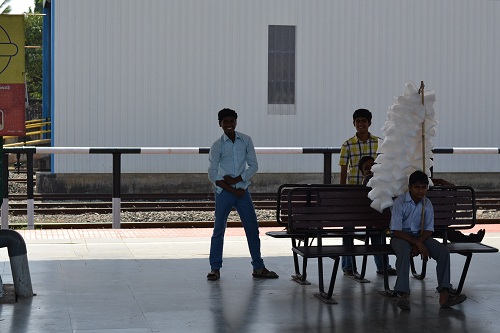
I love the stimulus of an Indian train journey. Just don’t go in with too many romantic notions. The smells of the lavatory still find their way to first class and the chaos on the railroad tracks may have you turning around before you board. If you decide on a journey, the Indian Railway System is ready to welcome you to a colorful side of the country.
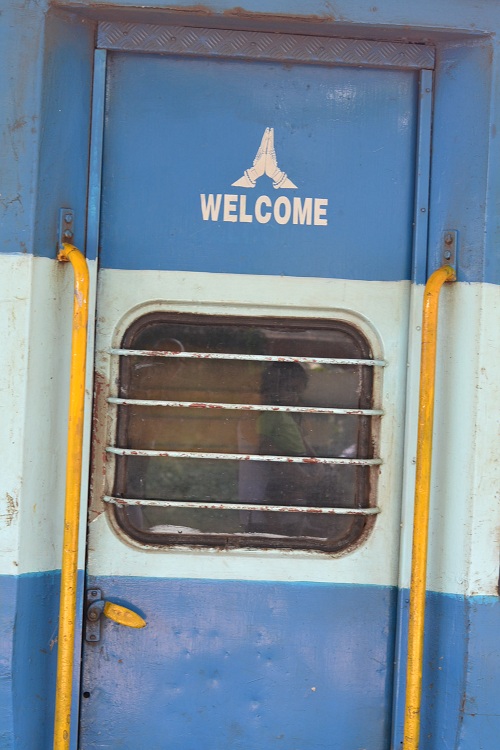
Sources: For more on Indian trains, visit Indiamike and the Indian Railway Website.
